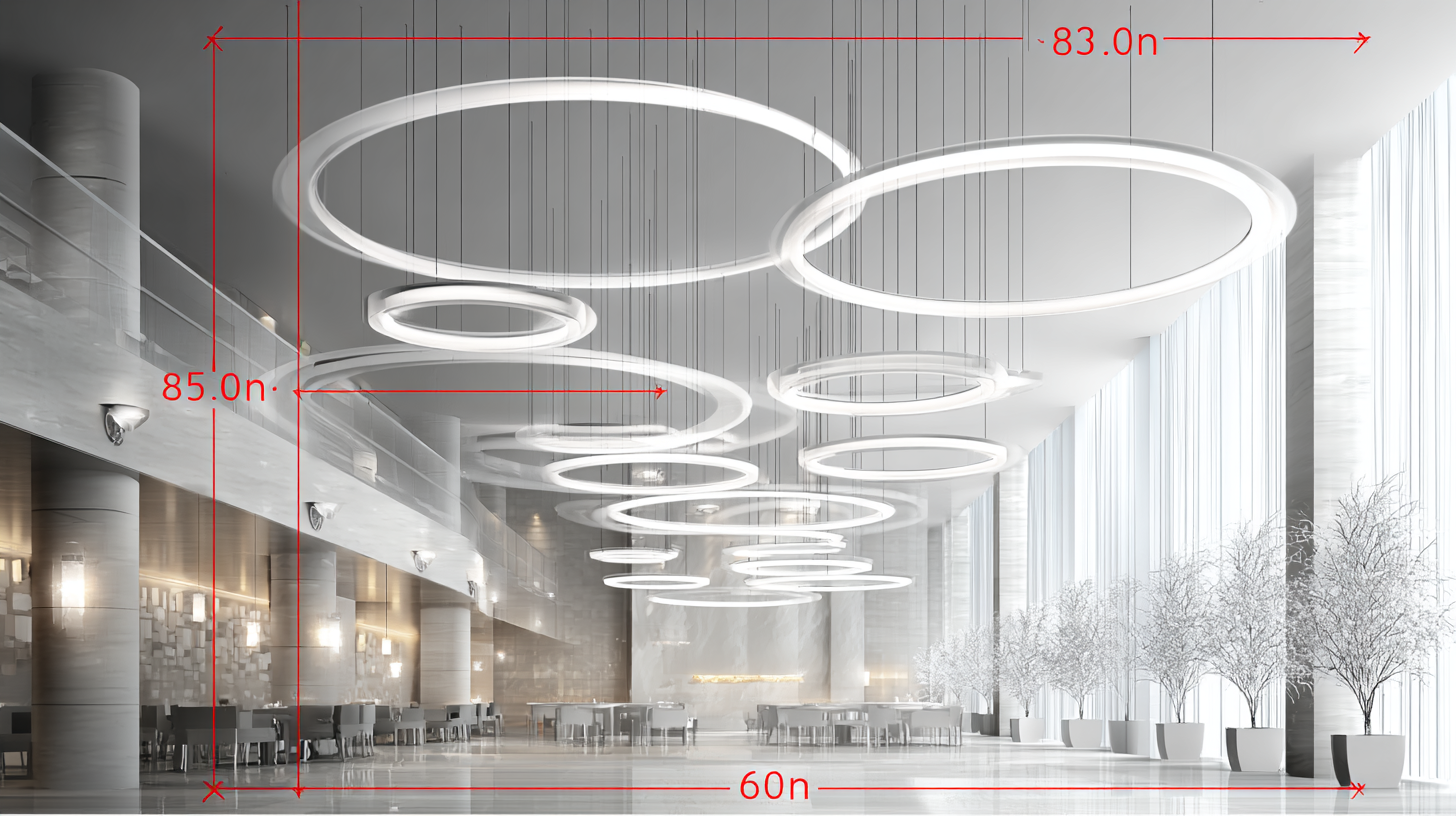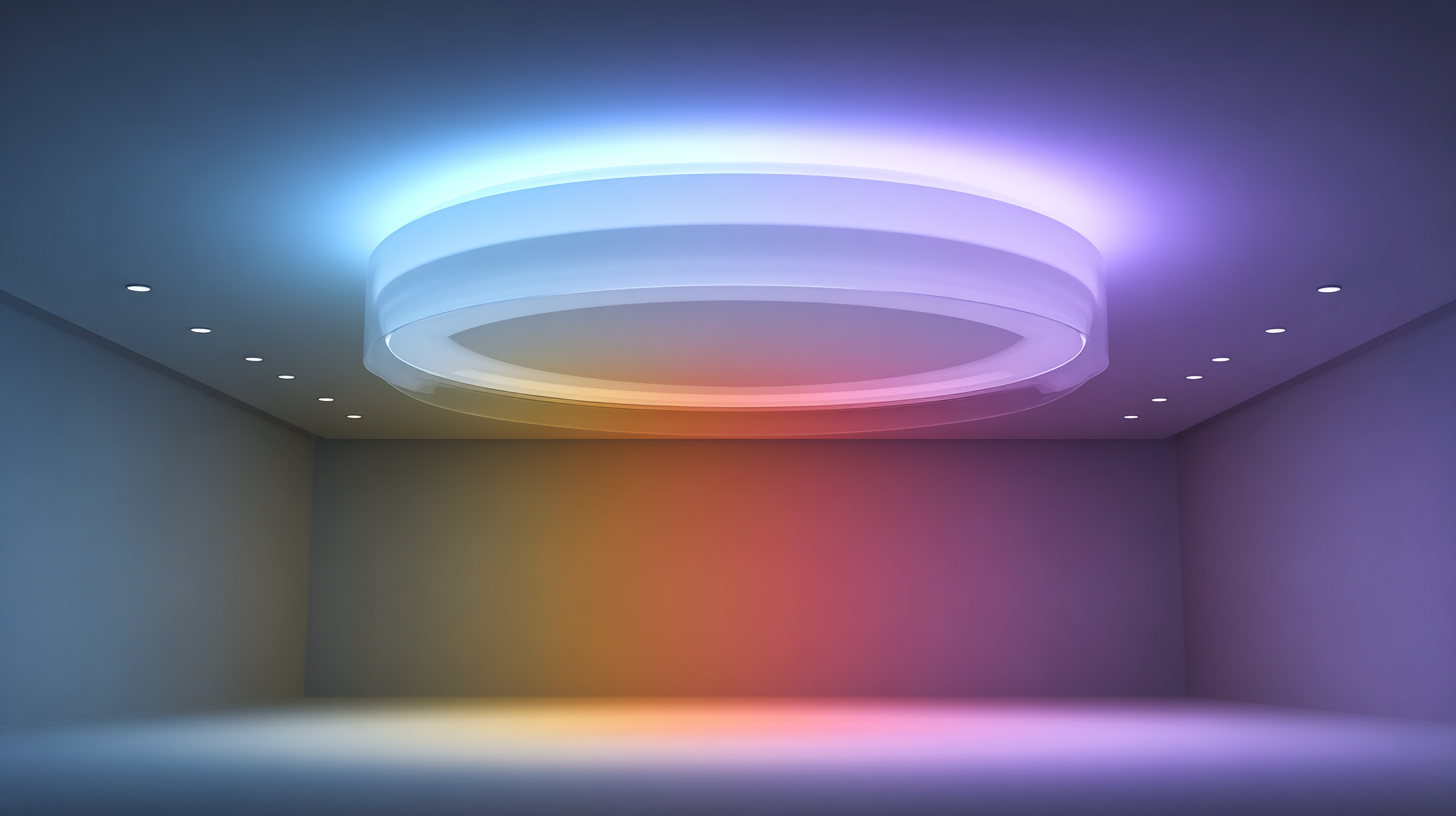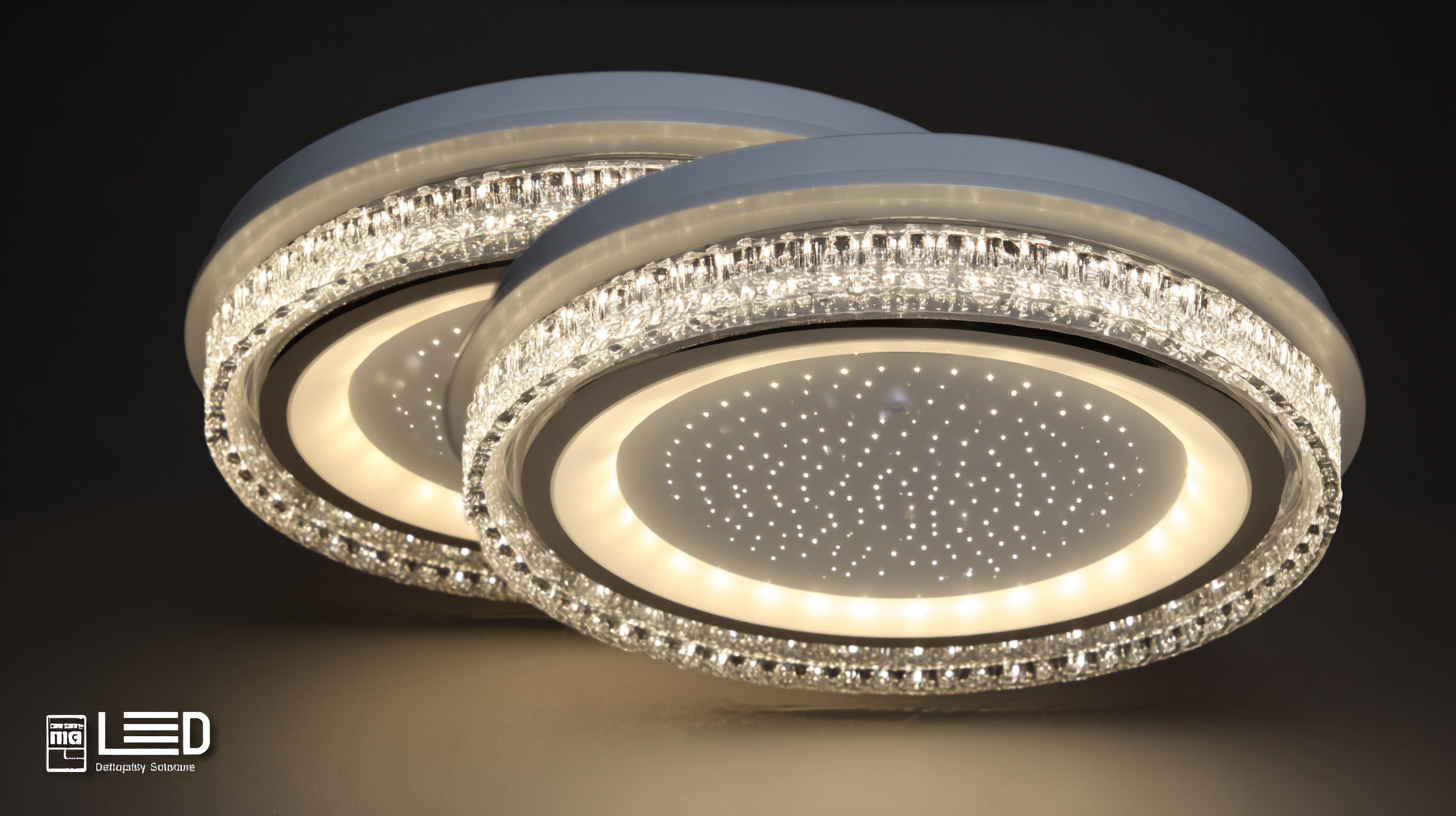Comprehensive Technical Specifications for the Best Ceiling Lights Led You Need to Know
In recent years, the demand for energy-efficient lighting solutions has surged, with a notable focus on Ceiling Lights LED. According to a report by the U.S. Department of Energy, LEDs have been responsible for more than 4 billion dollars in energy savings per year since their introduction, demonstrating their potential to significantly reduce electricity consumption in both residential and commercial settings. By 2025, LED technology is projected to account for 75% of the total lighting market, underlining a robust shift towards sustainable lighting practices. This blog will delve into the comprehensive technical specifications you need to know when considering the best Ceiling Lights LED, including factors such as lumens, color temperature, and energy efficiency ratings, helping you make informed decisions that align with both aesthetic preferences and environmental considerations.

Understanding the Importance of Quality in LED Ceiling Lights
When it comes to illuminating our living spaces, the quality of LED ceiling lights cannot be overstated. These fixtures serve not just as sources of light but also as integral components of home aesthetics and functionality. Quality in LED ceiling lights ensures longevity, energy efficiency, and better performance. Investing in high-quality products can yield a brighter, more consistent light output, reducing the need for frequent replacements while saving on electricity bills.
Moreover, the importance of quality is evident in the materials used and the technology behind the lights. Poorly made lights might flicker, produce an unattractive glow, or even pose safety risks due to overheating. High-quality LED ceiling lights often come equipped with advanced features such as dimming capabilities, color temperature adjustments, and superior heat dissipation systems. These enhancements not only contribute to creating the perfect ambiance but also improve the overall safety and reliability of the lighting solution, making it an essential aspect of any modern home.

Key Features to Consider When Choosing LED Ceiling Lights
When selecting LED ceiling lights for your home, it's essential to consider several key features to ensure you choose the best option for your needs. First, take note of the brightness level; measured in lumens, this will determine how well the lights illuminate your space. A higher lumen count is ideal for areas requiring bright light, such as kitchens or garages, while lower lumens might be suitable for bedrooms or living areas where a softer ambiance is preferred.
Another vital aspect to consider is the color temperature, expressed in Kelvins. Warmer tones (around 2700K to 3000K) create a cozy atmosphere, making them perfect for living spaces. Conversely, cooler tones (over 4000K) are great for task-oriented areas like garages or workshops, enhancing concentration and visibility. Additionally, energy efficiency is crucial; LED lights consume less power and have a longer lifespan compared to traditional lighting options, providing not only cost savings but also reducing your environmental footprint. By prioritizing these features, you can confidently enhance your home's lighting while ensuring functionality and style.
Comparative Analysis of Leading LED Ceiling Light Brands
The ceiling lighting market has seen significant growth, driven by innovation and consumer demand for energy efficiency. The comparative analysis of leading LED ceiling light brands reveals a landscape where quality, design, and technological advancements play crucial roles. With many brands competing for the top spot, features such as brightness, color temperature, and smart home integration are pivotal in influencing consumer choices.
As we approach 2025, the demand for high-quality LED light fixtures is anticipated to surge. Reviews and recommendations highlight the importance of longevity and efficiency in LED bulbs, ensuring that they not only provide illumination but also reduce energy costs. With projections indicating substantial market expansion, consumers are encouraged to explore various options to find the ideal ceiling lights that blend functionality with aesthetic appeal. This evolution in the ceiling lighting sector underscores the pivotal role of brand reputation and innovation in shaping consumer preferences.
The Advantages of Chinese Manufacturing in Lighting Technology
Chinese manufacturing has become a dominant force in the global lighting technology market, particularly in the production of LED ceiling lights. According to a report by Market Research Future, the global LED lighting market is expected to reach $135 billion by 2025, with a significant portion of this growth driven by advancements in Chinese manufacturing capabilities. China's proficiency in integrating innovative technologies and scale efficiencies allows for the production of high-quality lighting solutions at competitive prices.
Furthermore, the advantages of Chinese manufacturing extend beyond just cost efficiency. The country has invested heavily in research and development, resulting in cutting-edge lighting technologies and designs. As reported by the China National Light Industry Association, the output of LED lighting products in China reached 7.5 billion units in 2021, showcasing the nation’s vast competencies in mass production and customization. This influx of diverse LED ceiling lights not only supports the growing demand but also ensures that consumers have access to the latest advancements in energy efficiency and design aesthetics. Thus, the evolution of lighting technology in China is reshaping industry standards and influencing global market trends.
Innovative Trends in LED Ceiling Light Design and Functionality
The landscape of LED ceiling light design is rapidly evolving, influenced by both technological advancements and luxury market trends. As we look ahead to 2025, bold and innovative designs are set to dominate. A shift towards fixtures that serve dual purposes—such as artistic pendants that also function as light sources—is emerging, creating visually striking elements within home interiors. This trend marks a significant departure from conventional designs, as homeowners seek to incorporate lighting that not only illuminates but also enhances the aesthetic appeal of their spaces.
Moreover, the 2025 lighting market is expected to embrace functionality like customizable mood lighting and smart features, particularly in spaces like kitchens and bathrooms. For instance, the global kitchen lighting market alone is projected to reach approximately USD 15.69 billion by 2030, growing at a CAGR of 6.4% from 2024. This growth is indicative of consumers’ increasing desire for versatile lighting solutions that cater to both practicality and design. As interior designers explore these trends, the focus will be on creating harmonious layers of light that adapt to various needs and moods, further emphasizing the importance of innovation in LED ceiling light design.


